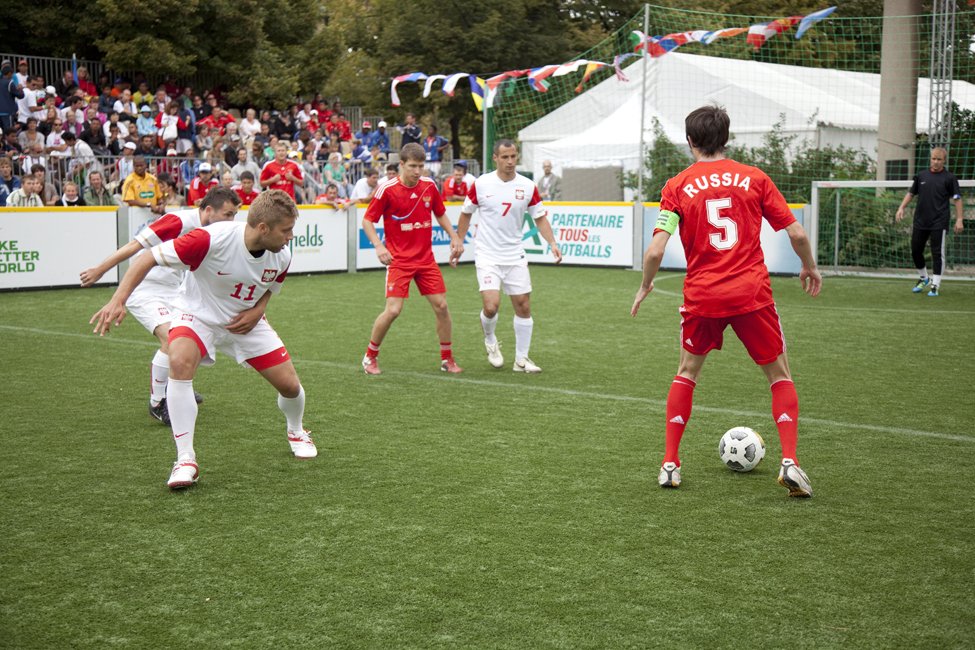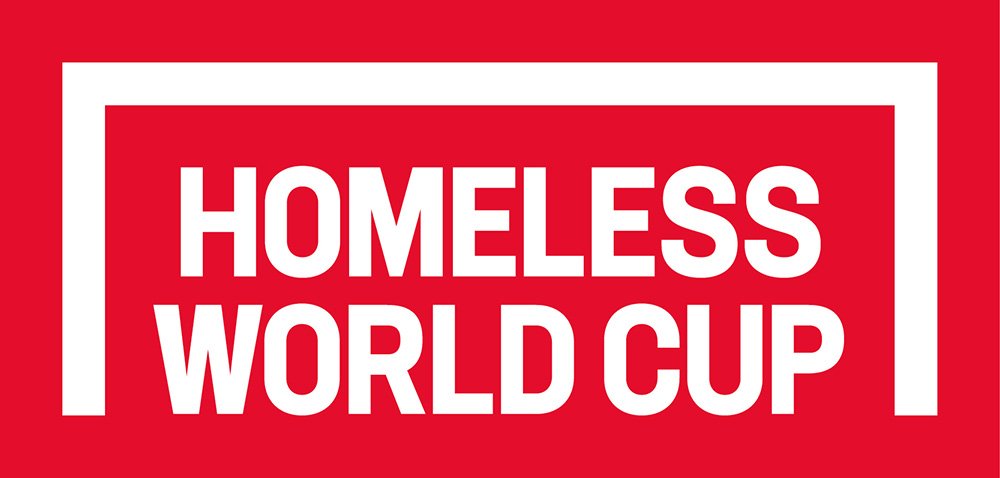
Russia
JOURNEY HOME
Established in 1994 as a street paper, ‘Na Dne’ – named ‘Put Domoi’ since 2003 – promotes social re-integration through employment support.
Put Domoi (Journey Home) organise football tournaments for those who do not have a home or are not legally registered in the country, as well as for people suffering from substance abuse.
Put Domoi has been running the “Social rehabilitation through football” programme since 2003. In 2007, they created a street football league of 20 teams of people who were homeless, refugees, people affected by substance abuse, and representatives of other vulnerable groups.
They joined the Homeless World Cup family in 2003 and have taken part in almost every event.
Among their main activities are; the publishing and distribution of street papers, making movies with the participation of socially excluded people, organising internal football events for socially excluded people, and taking part in external football events also.
For the last twelve years Put Domoi have delivered all activities with money raised entirely by themselves.
ORGANISATION DETAILS
PARTICIPANTS
Homeless men and women, non-registered persons, refugees, and people suffering from substance abuse.
LOCATIONS
Saint Petersburg, Yekaterinburg, Siberia (Novosibirsk, Angarsk, Tomsk).
Country statistics
52 out of 189 in Human Development Index rating
(UNDP, 2019)
$10, 690 Average annual salary per person (World Bank, 2021)
18 million people are living below the poverty line (CIA World Factbook, 2018)
Russia is largest country in the world geographically and has a population of 142.3 million. With a wide range of environments, winters vary from cool along the Black Sea coast to freezing in Siberia and summers vary from very warm to cool along the Arctic coast. Much of the country lacks proper soils and climate (either too cold or too dry) for agriculture (CIA Factbook, 2019).
Around 18 million people, 12.6% of Russia’s population, live below the poverty line (CIA World Factbook, 2018).
As of 2020, Russia had over 60,000 stateless persons, consisting mainly of Roma, Meskhetian Turks and ex-Soviet citizens. Between 2003 and 2010 more than 600,000 stateless people were naturalised, although many are still being denied registration on the grounds they are considered illegal migrants (CIA Factbook, 2019). In 2020 Russia had 1,100 displacements due to conflict and violence (Internal Displacement, 2021).
Russia is a source, transit, and destination country for men, women, and children who are subjected to forced labour and sex trafficking, although labour trafficking is the main problem. The main industries this happens are construction, manufacturing, agriculture, repair shops, and domestic services (CIA Factbook, 2019).
Homelessness is largely ignored by the government with little to no resources given to support people who are homeless. Ahead of the FIFA World Cup in 2018 many homeless organisations were moved out of the capital (The Moscow Times, 2019).
Many people still perceive homeless people as criminals rather than unprotected population group, due to a long official tradition that criminalised homelessness and vagrancy. Problems for homeless people are aggravated by the lack of legislative and administrative measures (Kenneth and Marsh, 1999).
Russia’s governmental statistics agency Rosstad has not collected any numbers on homelessness since 2010. The official number from that period – 64,000 – is thought to be far too low, and it is estimated that the real number is roughly 5 million (Euromaidan Press, 2017).
STORIES from the region










